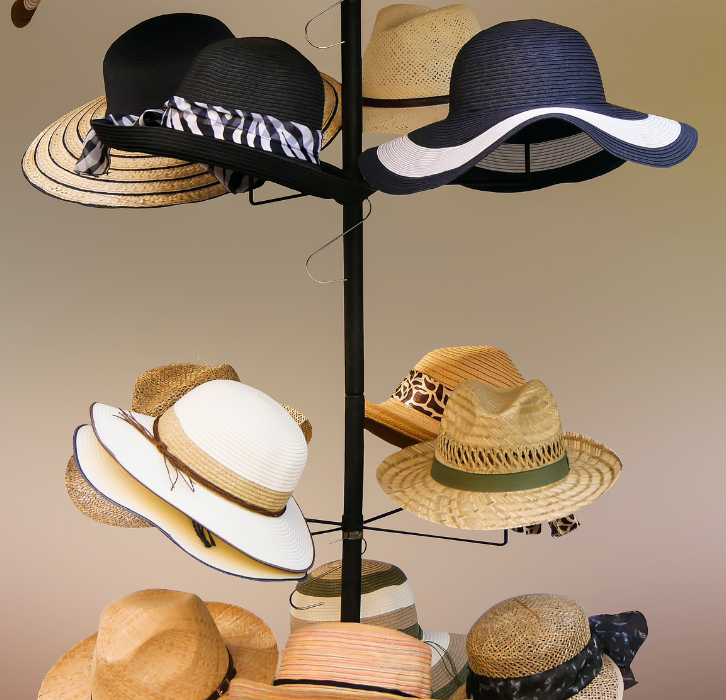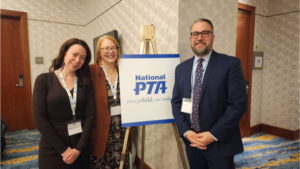So many hats…
The teacher hat
Like so many of you, I wear a number of “hats” every day. Since March, I’ve worn the teacher hat often. This isn’t foreign to me—I spent ten years in early childhood education—but being Teacher-Mom is a whole new classroom! Two of my students have autism. For them, communication and education involve myriad approaches, without the resources and tools I remember having as a classroom teacher, most notably, the paraprofessionals!
Another of my students prefers school with football, choir, and friends. Without these incentives, education quickly loses its appeal. Even on my very best day, I make a lousy “cool kid” and an even worse coach. The best I can hope to be is an annoying and embarrassing Teacher-Mom who brings good snacks.
The mom hat
I’m most seasoned at wearing the mom hat, which I’ve worn for twenty-four years. One of my favorite times of day is when the younger set is in bed and I’m able to text or Facetime my young adult kids. We delve into current events, political issues, and share favorite media and lots of laughter. As for those of us (still) inside these walls, well…these people want to eat (at all hours) and need clean clothes to wear (most of the time).
On top of that, my mama-bear advocacy hasn’t stopped—in fact, it has intensified. There are digital and “real life” appointments to keep, typical and atypical challenges to meet, and antsy children to entertain. Most days I’m successful with the food and clothes… and less so with the entertainment.
The student hat
Usually during the late-night or early-morning hours, I wear my student hat. My studies in Social Work Policy and Research give me a new and expanding lens to understand past and present challenges in society. Current issues give me no shortage of perspectives to consider and causes to champion. In some ways, we have all become students and teachers, learning together while moving through life.
The work hat
When I wear my work hat with the ATN Trauma Sensitive Schools program, I make connections and support educators all over the world in one of the most uncertain times in history. Administrators seek to make decisions based on incredibly limited information, while teachers and parents hold our collective breaths, wondering how 2020-2021 might look. Teachers wonder whether they will prep brick-and-mortar classrooms or Zoom backgrounds for those monumental first days and weeks of instruction. Parents don’t know whether we will be able to return to work 9-5 or if working from home will remain the “new normal”.
Stress and uncertainty
I find myself wishing for an updated copy of What to Expect When You Are Expecting. What I wouldn’t give to return to that time when we could sit with our mentors and extended family, gleaning from their decades of experience. We listened because they’d been there and we hadn’t. The trouble with the coming school year is that NO ONE HAS BEEN THERE. Every decision and our “best laid plans” revolve around the best educated guesses we can manage. With so many changes and so little reliable research, we can’t even say “the ink is hardly dry”–the information has hardly had a chance to reach our eyeballs, much less printers!
Consider the children
My first principal taught me, “Always do what’s best for kids”. It was my mantra in the classroom for decisions big and small–it always rings true. Families, educators, and communities want what’s best for kids. We may not always know what that is, so here are some things we can do any time.
Observe and Connect
When things get cloudy and stressful, remember the children. Hold them in your lap, watch them as they (finally!) sleep, sneak peaks at them while they are learning to drive or begrudgingly doing their chores. Remember their smiles, that light in their eyes when they finally understand a skill or task, their passion as they rally around a friend or espouse a cause.
Talk
When trying to make decisions, it’s easy to forget that kids are watching and listening. They have their own thoughts about the future. Acknowledge their uncertainty and fear. Relay new information from schools in ways they can understand. Ask questions to help them consider what things might look like in the fall. Remind them of which things will stay the same as well as those which will be entirely different.
Listen
As I type, everyone is on their own device. This is how we learn, communicate, and even relax in this crazy age. It takes intentional effort to hear our children. Sometimes that means making eye contact and listening to their actual words. Sometimes it means watching their body language, seeing how they go about their day or interact with friends. We, as parents and teachers, must listen not only with our ears, but also our eyes and especially our hearts.
That’s all I’ve got. Connect, talk, and listen to the children. They are still our hope for the future, and they need us now more than ever. That and please take care of yourself. You cannot pour from an empty cup.
—————————-



